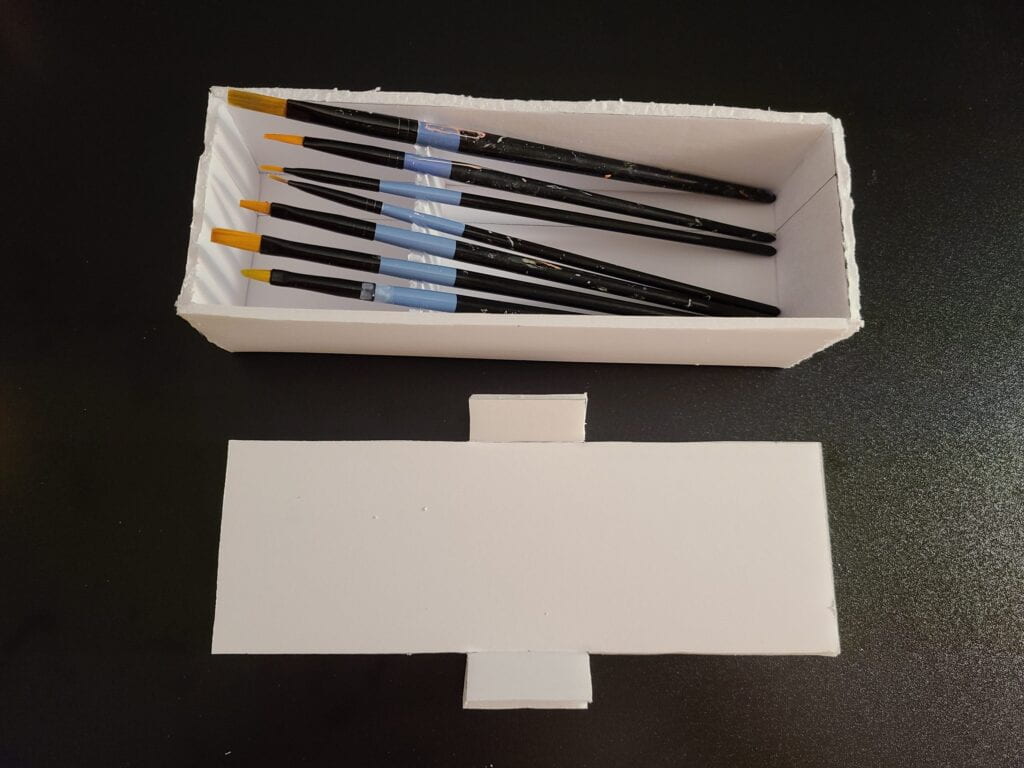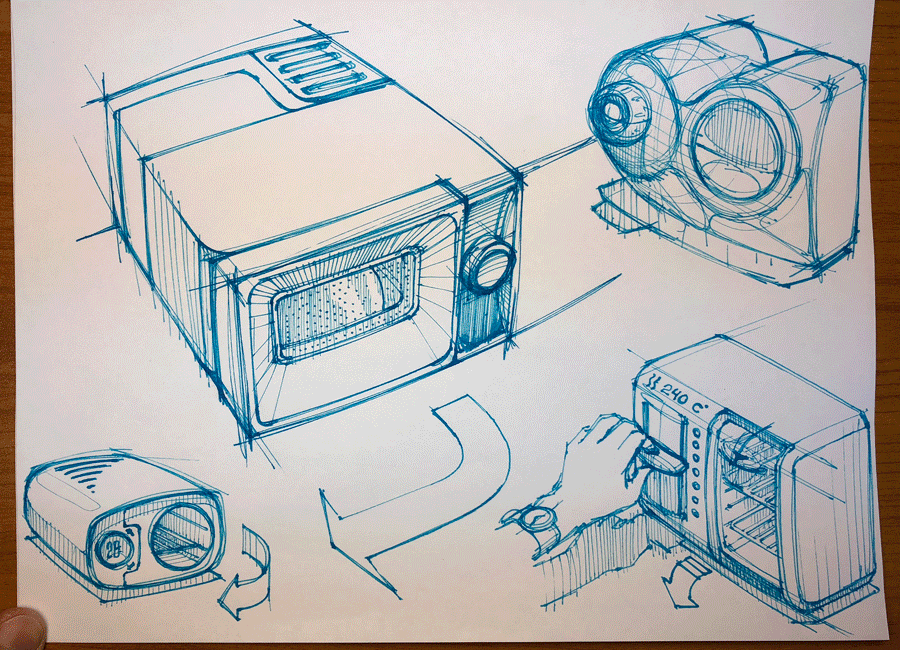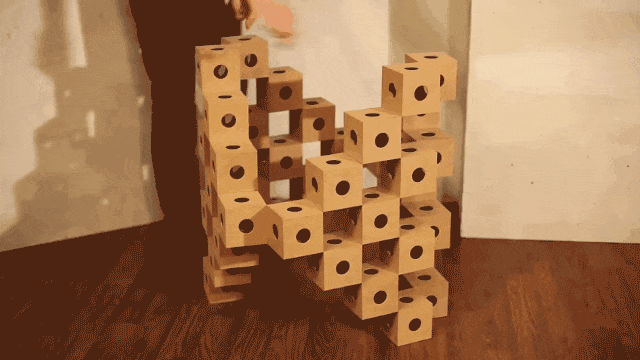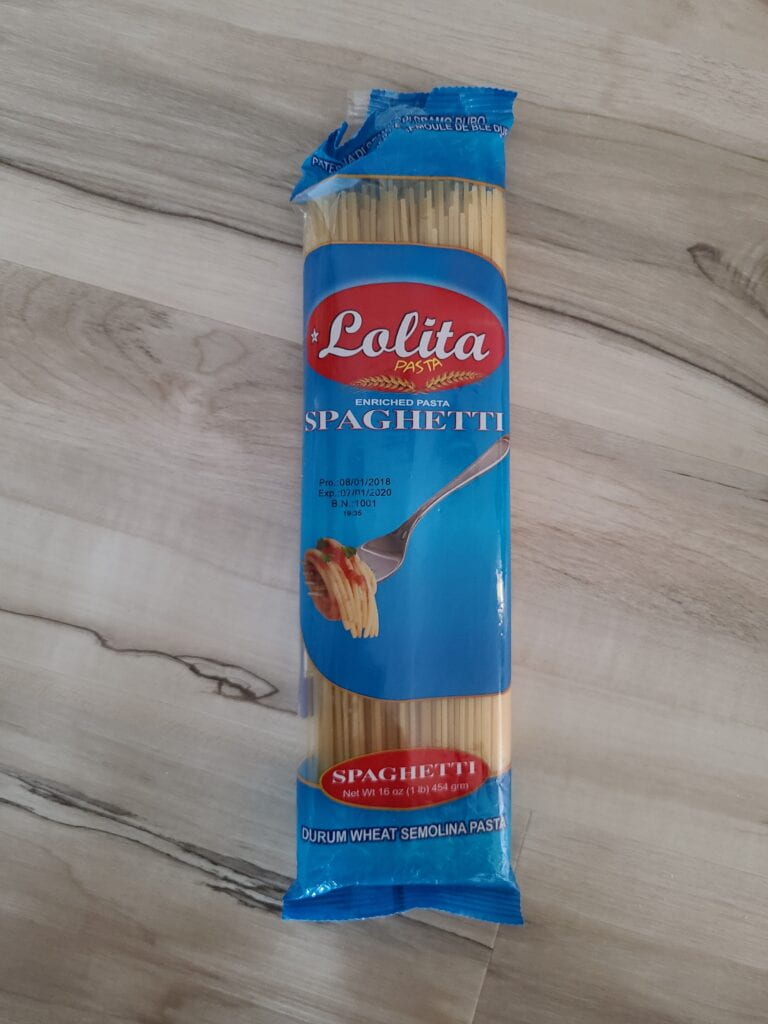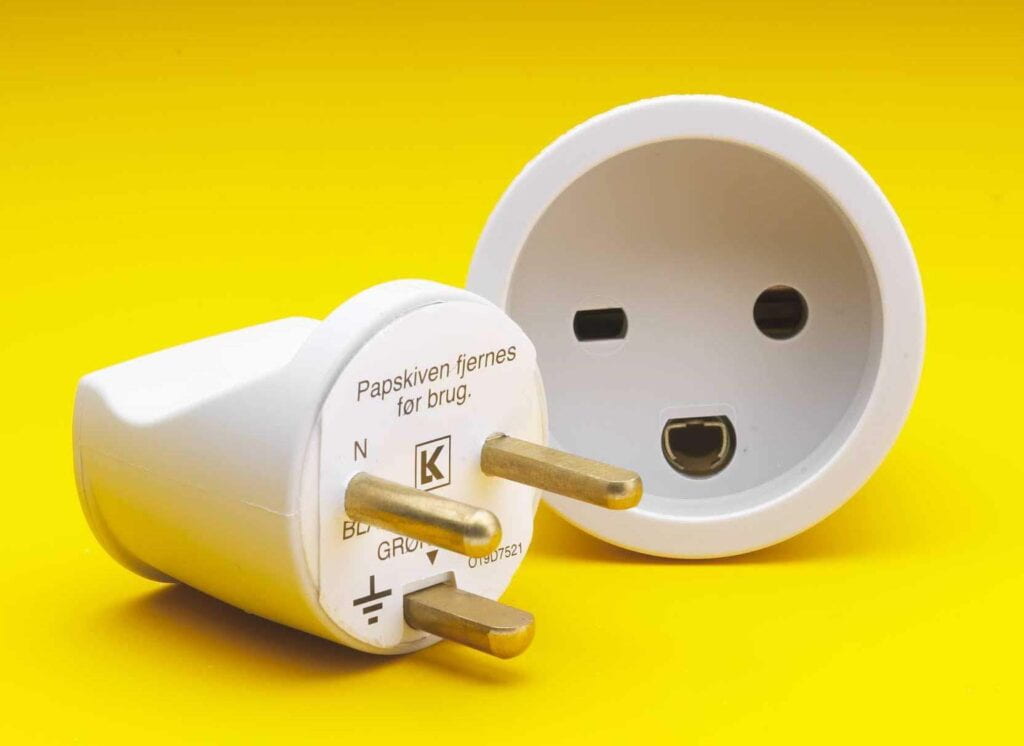
After watching the two videos on Smart Design and Emotional Design, it makes me appreciate and recognize how much thought is put into making a product more than just functional. Before watching the videos, I thought that Smart Design was mainly designing technological products, like Nest’s thermostat or iRobot’s Roomba. But the video made me realize that it also includes products that are ergonomic and focus on human-product interaction as well as functionality. On the other hand, it seems like Emotional Design relates more to digital products, since in the video Bill Moggridge talks about how he realized that he wasn’t focusing on the physical design of the laptop, but more so on the software of the product.
Continue reading “Assignment 6 – Smart and Emotional Design”
